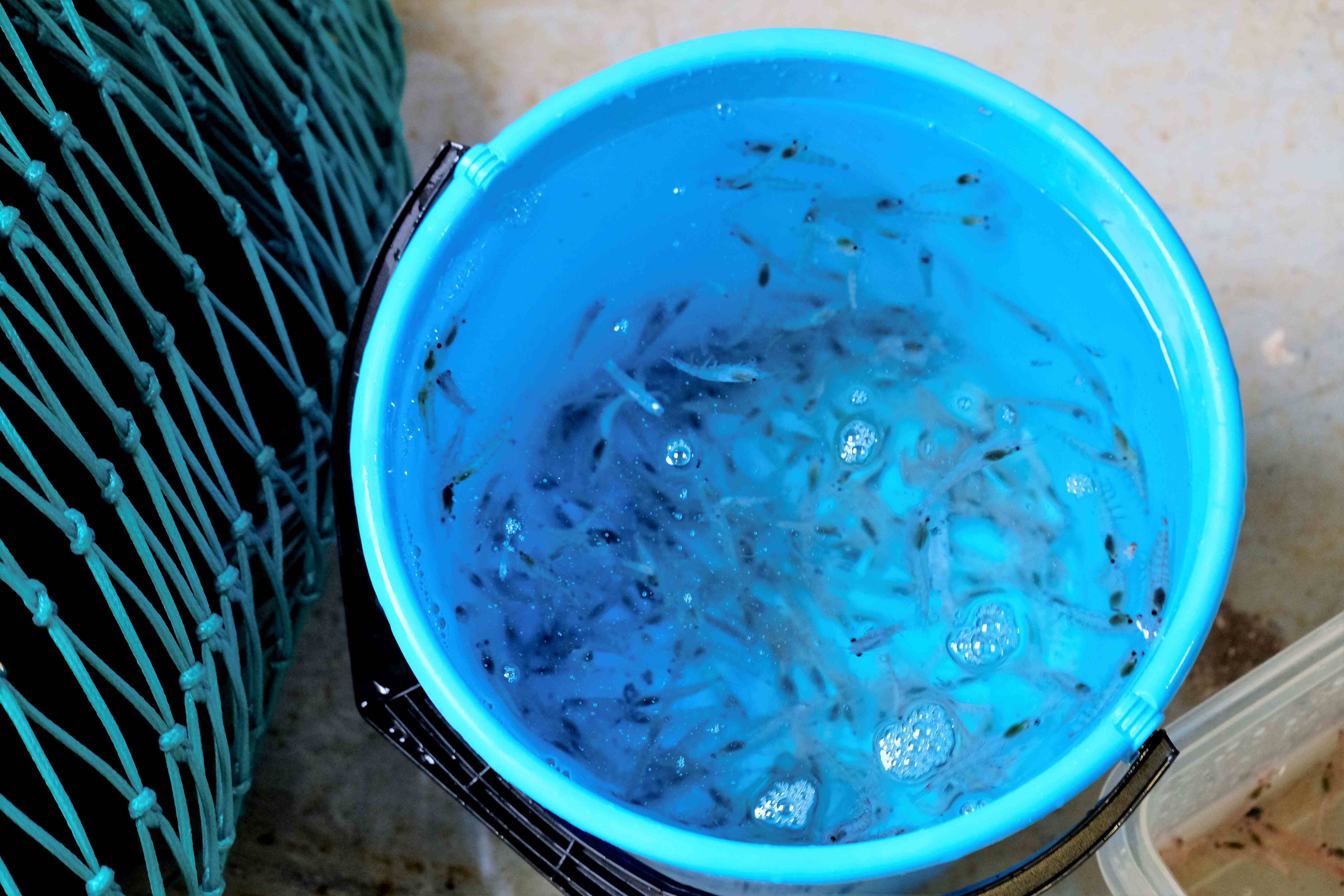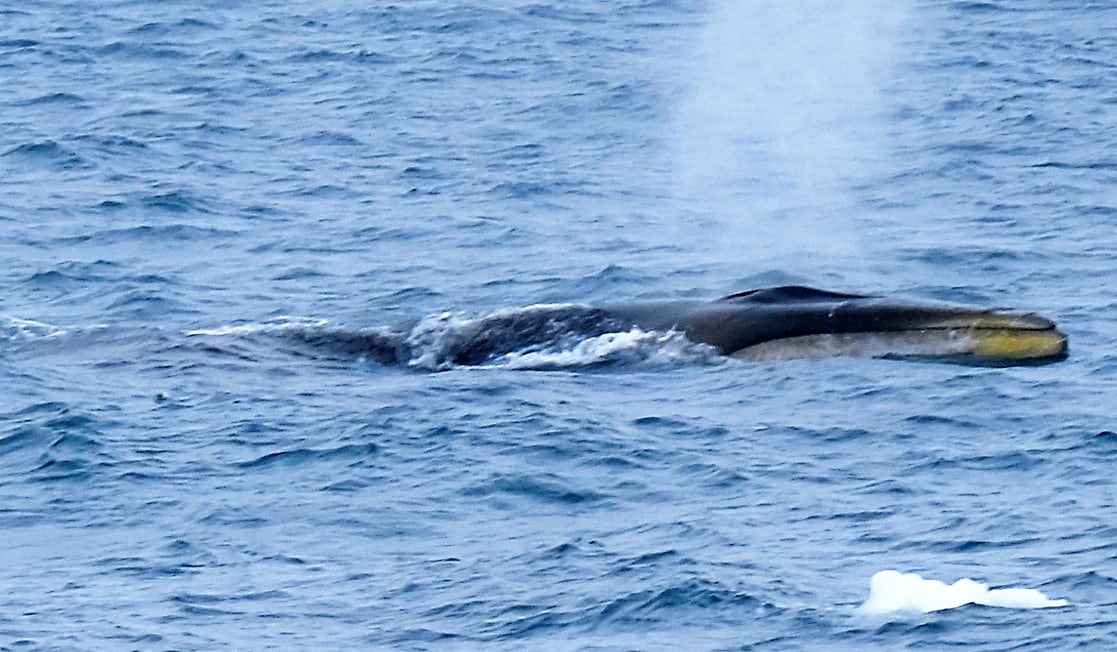Hoem recently made the trip to the company’s fishing grounds in the Southern Ocean near South Georgia and the Antarctic Peninsula. The trip included a long transit time from Montevideo, Uruguay, which is the home port of the company’s fishing fleet. He spoke to NutraIngredients-USA about the voyage at the recent Expo West trade show in Anaheim, CA.
The purpose, Hoem said, was to boost the onboard research capability of the fishing vessel the company uses part time for research purposes. Part of his time was spent on installing new equipment in the vessel’s onboard laboratory.
Aker BioMarine, which harvests krill for krill oil dietary supplements as well as aquaculture feed, has from the start sought to cooperate in the ongoing research effort by CCAMLR (Convention for the Conservation of Antarctic Marine Living Resources), a multi-national agreement that regulates the harvest of marine ingredients in the region.
Antarctica is a continent whose land mass is held in common, with no government staking territorial claims, though many operate research stations there. The same principle of extraterritoriality applies to the waters off the continent. To forestall a twenty-first century tragedy of the commons from developing, CCAMLR was adopted in 1980.
Foundation of the food web

The organization conducts periodic population surveys of the krill biomass, which is the foundation of the food chain in Antarctica. These little finger-sized shrimp like crustaceans (Euphausia superba) occupy a similar ecological niche to forage fish species elsewhere.
Without much exaggeration, it has been said that in Antarctica, a continent almost entirely devoid of terrestrial plant life, everything either feeds directly on krill or preys on animals that do.
So the periodic population survey is a critical part of the overall picture in maintaining a healthy ecosystem. In other areas where industrial fishing efforts have led to population collapses, such as the cod fishery in the Northwest Atlantic Ocean, research that could inform policy decisions was always playing catchup. And at the time from the 1950s through the early 1980s, only crude methods, such as tagging fish and logging their recapture, were available to estimate population sizes.
By the time it was realized that underlying assumptions were wrong, the fishery was in an irreversible decline. Some researchers have said that because of mistakes in population estimates, in the final years of the active fishery on the Grand Banks, as much as 60% of the population of cod was being harvested every year, instead of the 15% the authorities thought was being taken. After more than 20 years of slight to no fishing pressure, the fishery has yet to recover even a fraction of its previous abundance.
Setting solid population estimates
Hoem said the goal in the krill fishery is to avoid getting anywhere close to the edge of a similar precipice by basing quota restrictions on solid science about the health of the krill population. To that end, the company devotes at least one week of vessel time per year for the survey.
“It’s a long term effort by the institutions that apply for our assistance,” he said.
The survey gathers data from a variety of streams. This is a combination of physical counts from research trawl nets to acoustic data gathered from sonar.
In the net survey, the Aker vessel follows the same path for each successive survey, dipping and retrieving the net at distinct points in a grid-like course. This allows researchers to gather validated baseline data from the same area of ocean to compare to previous surveys. It’s somewhat akin to the validated methods for sampling from several locations in a large tote of botanical material to make sure you have a proper idea of the composition of the whole.
These krill are then physically examined for health and size. And by examining gravid females the population’s reproductive potential can be assessed, too.
The sonar portion of the survey takes two forms. In some areas, acoustic buoys are tethered to the ocean bottom to gather long term sonar data from passing krill swarms. The other portion of the study is an acute sonar survey conducted by the research vessel as it follows its trawl grid. Using a statistical technique called a Stochastic Borne Wave Approximation, the fuzzy sonar returns from the krill swarms can be analyzed to give data on the number and size of the krill that make up the swarm. This can then be compared to the physical evidence coming up in the trawl net.
Visible abundance

It’s far too early to say anything definitive about this year’s survey, but Hoem said his personal experience on the voyage reassured him that the quota system is working. Harvest quotas are set at a tiny percentage of the theoretical biomass.
“There were vast areas where the sea was stained red by all the krill,” Hoem said. “It was clear to me that the fishing is having absolutely no effect on the abundance.”
And what was also encouraging, Hoem said, was that he saw large numbers of fin whales, the second largest whale species, feeding on krill. The species was once abundant in the Southern Ocean but was hunted almost to extinction there. The World Wildlife Fund estimates that as many as 750,000 fin whales were killed in the Southern Hemisphere before commercial whaling was finally halted in 1987.
